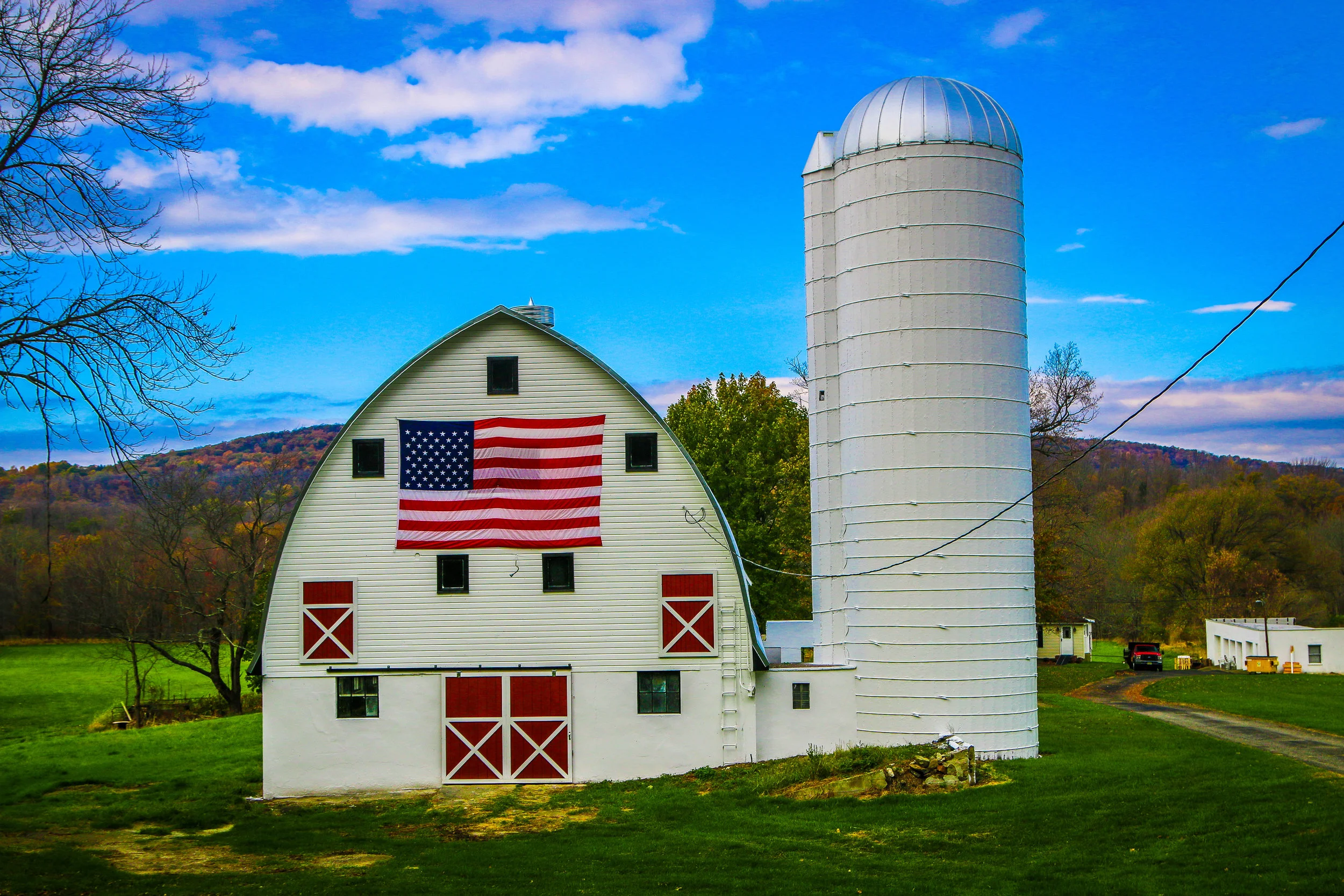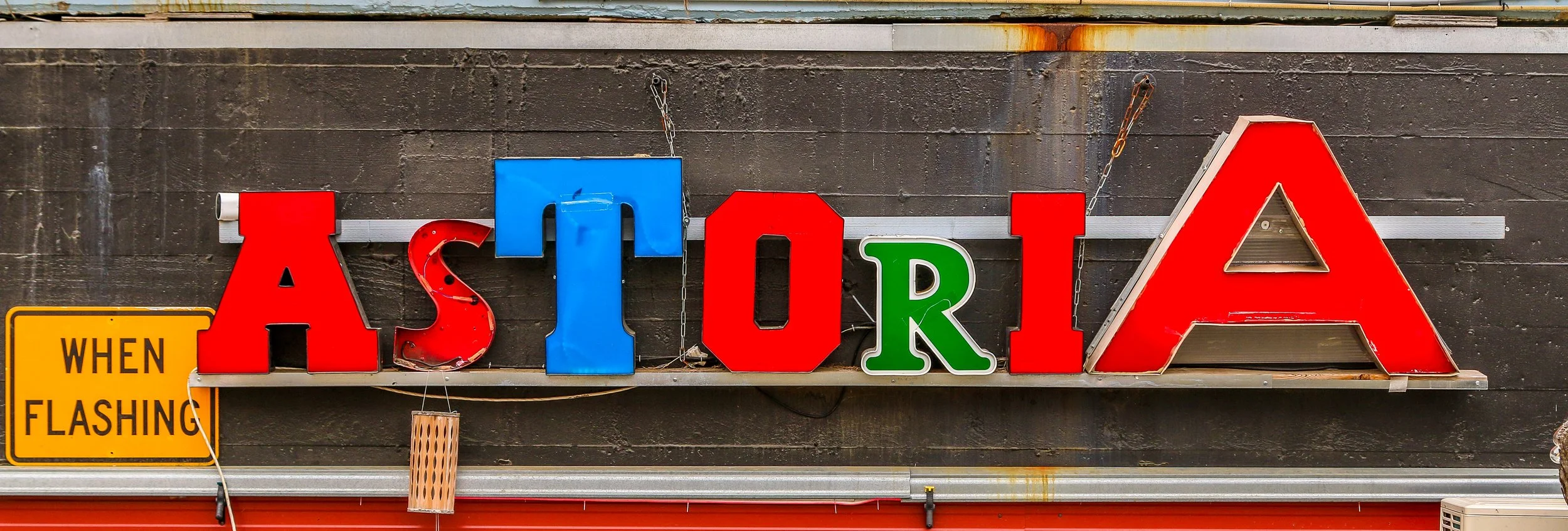The Columbia River is the largest river in the Pacific Northwest, and also the most important. It has always served as a trade route from the interior to the coast from the time American Indians paddled their dugout canoes up and down the river to the tall ships of the fur trade to modern trade ships of today. It also has several major dams which provide much needed power to the region and the river also serves as the border between Washington State and Oregon. The incredible waterfalls on the Oregon side bring in tourists by the thousands, but the small towns of the Washington side are friendlier and more livable. It gets hot out there, and it got too hot for me to stay too long and I ended up cutting my visit a little bit shorter than I would have liked, but I still had a great time out there. I hope you enjoy these photos from the beautiful Columbia River Gorge…
Viewing entries tagged
Small Town Oregon
fell hard for Astoria during my stay in this classic Oregon town. I would say most people of my generation have seen the movie The Goonies, which is both set in and filmed in Astoria. It’s definitely one of my favorite childhood movies so I came here already having warm feelings towards the place, but it did not disappoint. There were surprises around every corner and even after a few days in town, I felt like there was still much more to be discovered.
Astoria was founded in 1811 at the mouth of the Columbia River just six years after Lewis and Clark cruised down the Columbia to the Pacific Ocean on their transcontinental adventure. That makes Astoria the oldest American city on the west coast. Originally Fort Astor, it was built by the American Fur Company to exploit the local fur resources of the region and named after the company’s founder John Jacob Astor. The fort would later be sold to Canada’s Northwest Fur Company and be renamed Fort George. The region would fall under joint American and British rule after the Treaty of 1818 but would eventually become a fully American town after the Oregon Treaty of 1846. With the decline in the fur trade, fishing would become the town’s major industry and the local canneries were humming 24 hours a day. The need for workers brought in many immigrants, notably from Scandinavia, China, Hawaii and the Punjab region of India. Fishing is still a major industry in Astoria today, but not like it once was. Tourism has played a big role in the local economy, and increased dramatically after The Goonies was released in 1985. Forty years later, there is still a steady parade of tourists making a pilgrimage up to see The Goondocks on the hill in Uppertown.
I loved all of the historic buildings, signs and businesses as I strolled the streets of Astoria. The history museum was wonderful and kept me occupied for several hours and the Flavel Mansion is a lovingly restored Victorian mansion and a real local treasure. Dead Man’s Isle tiki bar was a particular favorite while I was there, but I also really enjoyed the crowd at the Chart Room and Fort George Brewery. Blue Scorcher Bakery makes some delicious baked goods and definitely don’t miss the amazing tuna fish and chips at The Bowpicker which is cooked on an old boat and has a line whenever it’s open - it’s worth the wait. Astoria felt like a town that has a plan and works to implement it and the local identity is a strong one. It’s location near the coast and its proximity to Portland bring in a steady stream of tourists and keeps the town bustling throughout the year. This was my first time in Astoria, but it definitely won’t be my last. I hope you enjoy these photos from the amazing little city of Astoria.
Rockaway Beach is an adorable little beach town in Tillamook County on the Oregon Coast. A train from Portland brought visitors to this charming destination long before the coastal road was built and today a brightly painted caboose welcomes you to town. You can still ride the train as well, but only as far as Garibaldi on the Oregon Coast Scenic Railway. Rockaway Beach is also home to Pronto Pup, which claims to be the originator of the corn dog. The Twin Rock Arch is visible from anywhere on the beach and is quite a beautiful formation to see. I loved Rockaway Beach at first sight and ended up staying the whole day, soaking up some rays and enjoying the small-town charm of this great beach spot. It was such an easy place to pass the time, which I imagine is why it’s been such a beloved destination for as long as it has. If you’re ever traveling up or down the coast, be sure to carve out some time for a visit. I hope you enjoy these photos from my time in Rockaway Beach.
Bandon is an adorable little town of about 3,300 people on the southern Oregon coast. Originally Coquille Indian land, it was first settled by people of European decent in 1853. The town was established in 1873 by four men from Bandon, Ireland in County Cork and named for their old world home. Cranberries were introduced into Bandon in 1885 by Charles McFarlin of Massachusetts and have been grown and harvested successfully in the area ever since. Tragically the whole town burned to the ground in 1936 in a fire that claimed eleven lives. It has risen from the ashes and rebuilt as a charming coastal town with a lot to offer.
Bandon was probably my favorite town on the whole Oregon coast. The Old Town area was full of art and color and I loved just walking up and down the waterfront. The beaches were absolutely stunning with so much more to see than just the famous Face Rock and an evening stroll proved to be an excellent choice. The history museum, housed in the old City Hall, was one of the best local history museums I’ve ever been to in a town this size. Of course I loved the hand-painted signs around town, the beautiful carved wooden sculptures and the Coquille River Lighthouse. Of all the towns I visited in my first week along the coast, this was the one that stood out and a town I will definitely return to. Thank you, Bandon, for a wonderful stay. I hope you enjoy these photos from Bandon, Oregon.





